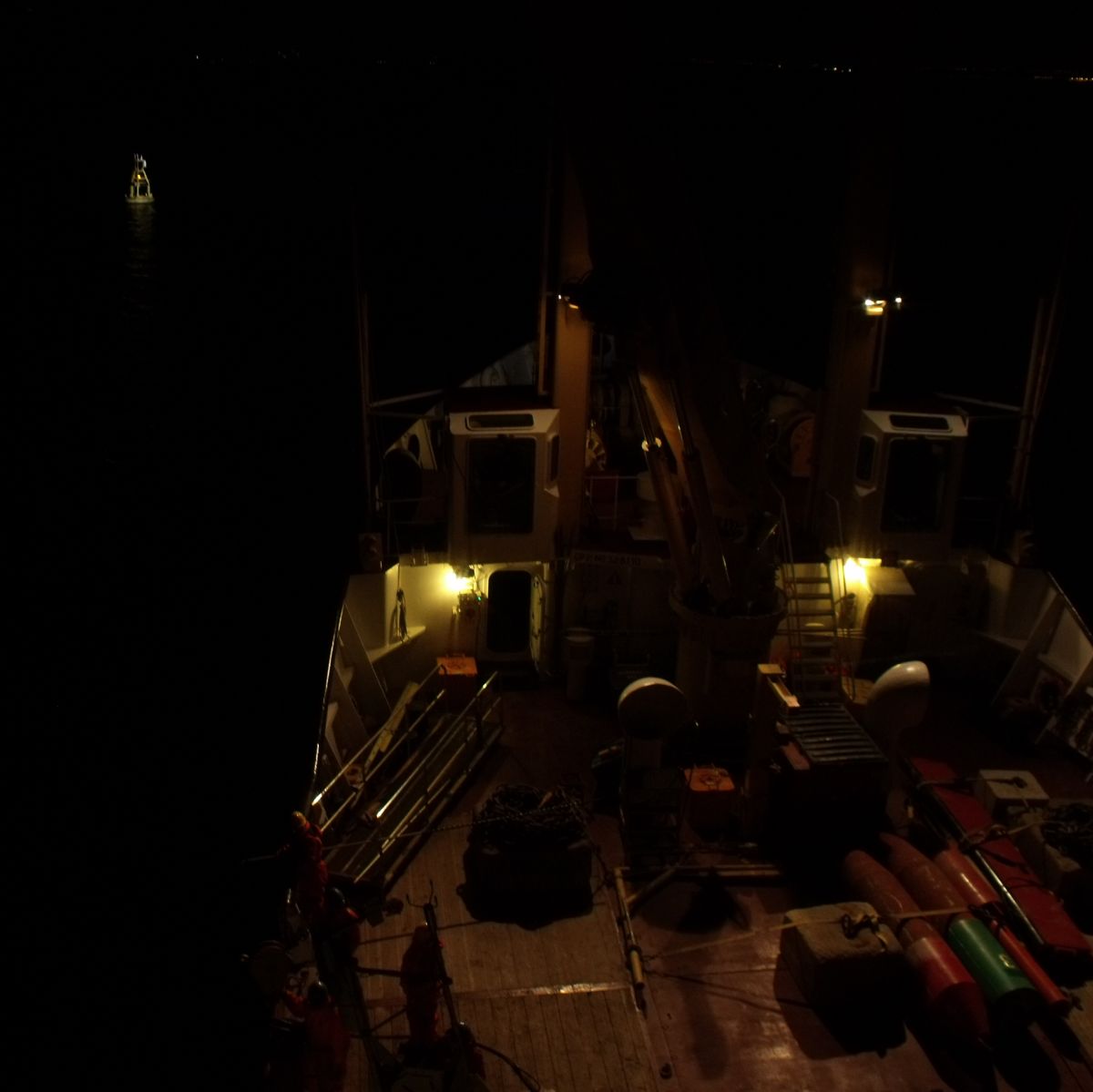Snow clearing in Montreal is a major financial and physical effort. Woe to the innocent bystanders left along the path of the machines.
Whether they were abandoned by their owners or simply left locked on the sidewalk by people who forgot that winter still exists; it is a sad end for these trusty steeds.
























































